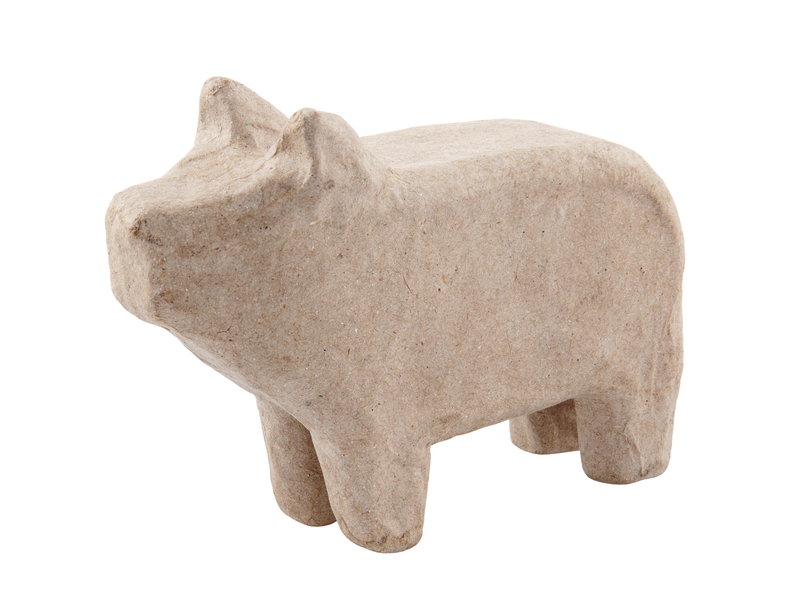A Step-by-Step Guide to Removing Large Furniture
Removing large furniture can seem like a daunting task, especially if you live in a tight space or are moving for the first time. Whether you're redecorating, relocating, or simply clearing out old items, handling bulky couches, beds, wardrobes, or tables requires planning, the right technique, and sometimes, a bit of muscle. In this comprehensive guide, we'll take you step-by-step through the process of removing oversized furniture safely and efficiently, with practical tips for both moving out and disposing of your larger items.

Why Proper Large Furniture Removal Matters
Many homeowners and renters overlook the planning needed for removing heavy furniture. Incorrect removal can result in property damage, personal injury, and unnecessary stress. Moreover, improper disposal could harm the environment or even lead to fines. With the right approach, you can protect your space, reduce physical strain, and make the transition seamless.
Key Benefits of Efficient Furniture Removal:
- Minimizes risk of injury to you and your helpers
- Prevents damage to your property (floors, walls, doorframes)
- Ensures proper furniture disposal and promotes eco-friendliness
- Makes moving or redecorating less stressful
Step 1: Plan Your Move Carefully
Before you begin lugging that giant sofa through the hallway, it's critical to plan your large furniture removal. This will avoid last-minute issues or costly mistakes.
Assess Your Furniture and Space
- Identify which pieces need to be removed or disposed of.
- Measure both your furniture and doorways, corridors, and stairways. Don't forget elevators if you're in an apartment!
- Check for detached components--sometimes legs, arms, or headboards can be removed for easier transport.
- Decide the final destination: Will it be sold, donated, recycled, or simply dumped?
Tip: Take photos before you begin if you need to reassemble. This helps you remember how it goes back together.
Step 2: Gather the Right Tools and Supplies
Efficient big furniture removal is all about having the suitable equipment. Here's what you'll typically need:
- Measuring tape: To ensure your furniture fits through exits
- Screwdrivers and Allen wrenches: For disassembling pieces
- Furniture dollies and sliders: To easily move heavy items without scratching floors
- Moving blankets and bubble wrap: To prevent damage and scrapes
- Heavy-duty gloves: For extra grip and hand protection
- Rope or straps: To secure items during the haul
Optional but Useful:
- Power drill with various bits
- Plastic zip bags (for screws and hardware)
- Stretch wrap
- Box cutter or utility knife
Step 3: Disassemble Whenever Possible
One of the best tips for moving large furniture is to break it down into manageable parts. Most modern furniture can be at least partly disassembled with basic tools.
How to Disassemble Large Furniture:
- Clear the area to have room to work.
- Remove cushions, pillows, and drawers.
- Use the right tool to unscrew or unbolt arms, legs, shelves, or feet.
- Place all hardware and screws in labeled bags and tape them to the respective furniture part or keep them in one place.
- If assembly instructions are available, review them in reverse for clues.
Note: Some older or heirloom pieces may not be easily disassembled. Use extra caution, and don't force components apart.
Step 4: Clear a Safe Path
Before physically removing your bulky furniture, ensure nothing obstructs your way. This step is critical for safety:
- Remove small rugs, floor mats, or cords that can cause tripping.
- Open all doors along the route and secure them if possible.
- Cushion sharp corners or exposed edges with blankets or padding.
- If moving through communal spaces, inform neighbors or building management in advance.
Pro tip: If possible, protect door frames and walls with cardboard or towels to prevent dings and scratches.
Step 5: Use Safe Lifting and Moving Techniques
Heavy lifting can lead to injuries if done incorrectly. Here's how to safely move heavy furniture:
Proper Lifting:
- Bend at the knees, not your back, and keep your back straight.
- Keep the item close to your body when lifting.
- Lift with your legs, not your back muscles.
- Always communicate with your moving partner--count down before lifting together.
Using Furniture Dollies and Sliders
- Slide furniture onto the dolly or place sliders beneath corners.
- Push, rather than pull, heavy objects whenever possible.
- Take small steps and never rush.
Take breaks as needed and listen to your body--there's no prize for finishing quickly but hurting yourself!
Step 6: Navigate Exits and Obstacles
The trickiest part of removing large furnishings is often getting them through doors, hallways, or down tight staircases.
- Angle pieces diagonally or stand them on end if necessary.
- Remove doors from hinges temporarily for extra space.
- Carefully tilt and pivot as needed; never force furniture through tight spots.
- For multi-story buildings, use elevators designated for furniture or arrange with building management for assistance.
Special Considerations:
- For extremely large or heavy items, hire professionals with the right experience and equipment.
- Some furniture may need to be disassembled further or lifted over balconies (only with proper safety precautions).
Step 7: Load for Disposal, Donation, or Moving
Once you've maneuvered your large furniture out of your home, it's time to load it for transport or disposal:
- Use ramps for loading into trucks or vans to avoid lifting injuries.
- Secure items with straps or ropes to prevent shifting during transit.
- Cover with blankets or pads to prevent scratches and breakage.
- If donating, ensure the item is clean and in accepted condition.
- For disposal, check if your local waste management requires you to schedule a pickup of large items.
Step 8: Environmentally Friendly Furniture Disposal
Proper disposal of large furniture is crucial for reducing waste and environmental impact. Consider these green options:
- Donate: Many charities or shelters accept lightly used furniture.
- Sell: Use online marketplaces or local classifieds.
- Recycle: Some recycling centers accept wood, metal, or fabric components.
- Special pickups: Schedule with your municipality--never leave large items on the curb without checking local regulations.
Pro Tip: Some furniture stores or junk removal services offer haul-away for old items when you purchase new ones.
Step 9: Clean Up and Check Your Space
Congratulations! With your oversized furniture gone, take a moment to clean up the area. Vacuum or sweep the space, check for any forgotten hardware, and assess for possible scratches or dents to your walls or floors.
- Patch and touch up small dings as needed.
- Arrange the remaining furniture or decor.
- Enjoy your clutter-free and refreshed living space!
When to Hire Professional Large Furniture Removal Services
While DIY methods suit many situations, sometimes hiring a pro is the best choice for safe and efficient heavy furniture removal. Consider experts if:
- Items are extremely heavy or awkward (e.g., pianos, pool tables, armoires)
- You have physical limitations or health concerns
- There are complex logistics, such as hoisting through windows or multiple flights of stairs
- You need same-day removal, junk hauling, or responsible disposal
Look for licensed and insured companies with positive reviews for peace of mind.

Frequently Asked Questions: Removing Large Furniture
Can I leave large furniture on the curb for pickup?
Not always. Many cities require a scheduled bulk pickup or have designated days for disposing of large items. Check with your local waste management before leaving bulky furniture outside.
What if my furniture doesn't fit through the door?
If you've measured and still have trouble, try removing doors from their hinges or further disassembling the item. Sometimes, tilting and pivoting at an angle will help you clear tight spaces.
How do I dispose of furniture sustainably?
Donation, resale, and recycling are the most eco-friendly options. Only dispose of furniture in landfills as a last resort.
Final Thoughts: Mastering Large Furniture Removal
Taking the right approach to removing large furniture saves time, money, and stress--while protecting your property and your health. By planning ahead, using the right tools, following safe moving techniques, and making environmentally responsible choices, you'll handle even the bulkiest items with confidence.
Whether you're moving out, redecorating, or upgrading your furnishings, remember: removing heavy or oversized furniture doesn't have to be overwhelming. Use this step-by-step guide to turn your next big move into a manageable project--and reclaim your space effortlessly!
Key Takeaways
- Prepare and measure all items and paths before starting.
- Gather necessary tools and helpers--don't try to do it all yourself.
- Take apart furniture as much as possible for safe removal.
- Use professional services for extra-large, valuable, or dangerous jobs.
- Disposal matters--donate, recycle, or request bulk pickup.
For more information, tips, and resources about removing big furniture and stress-free moving, bookmark this guide or share it with friends. Your next move just got easier!